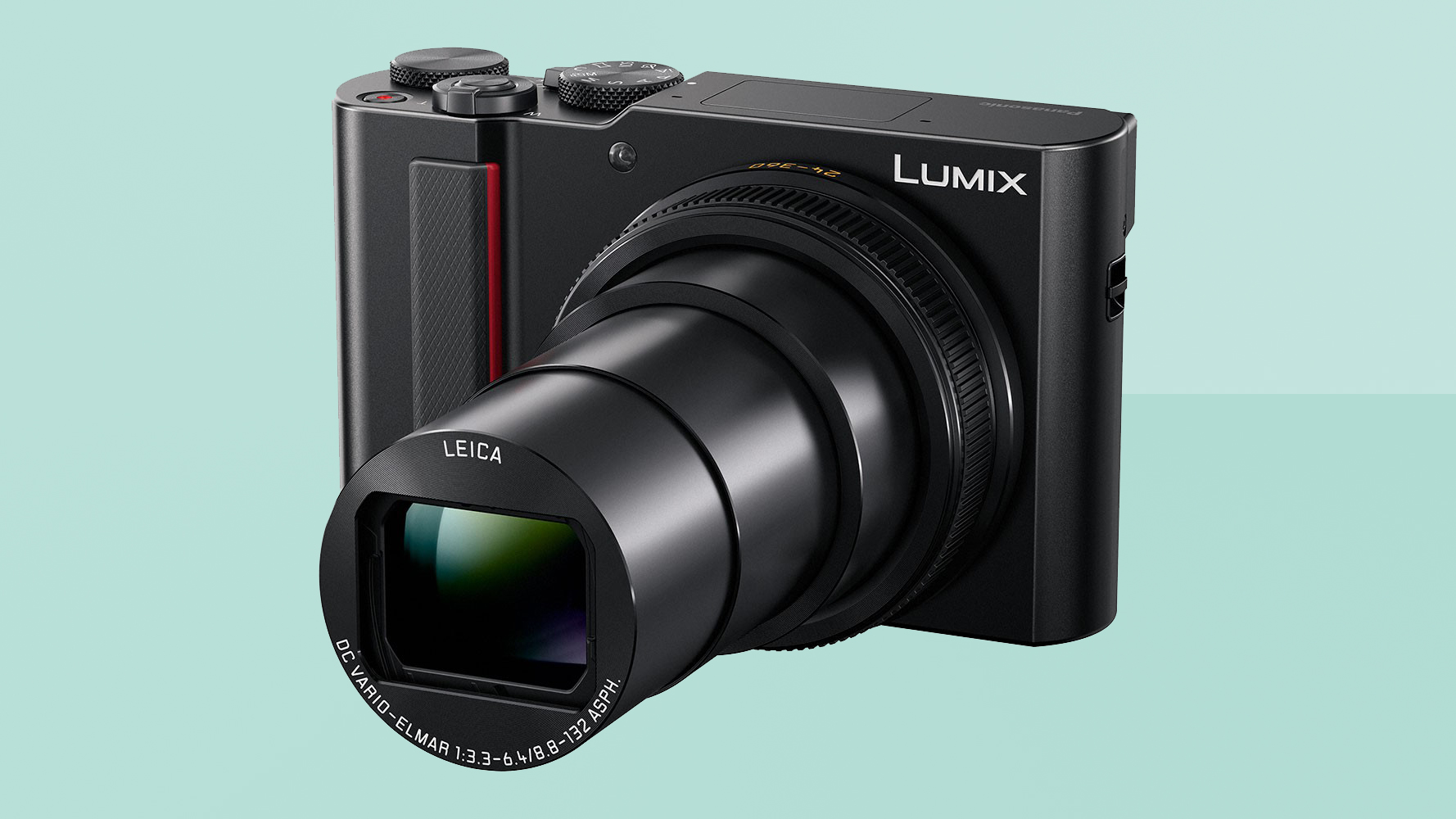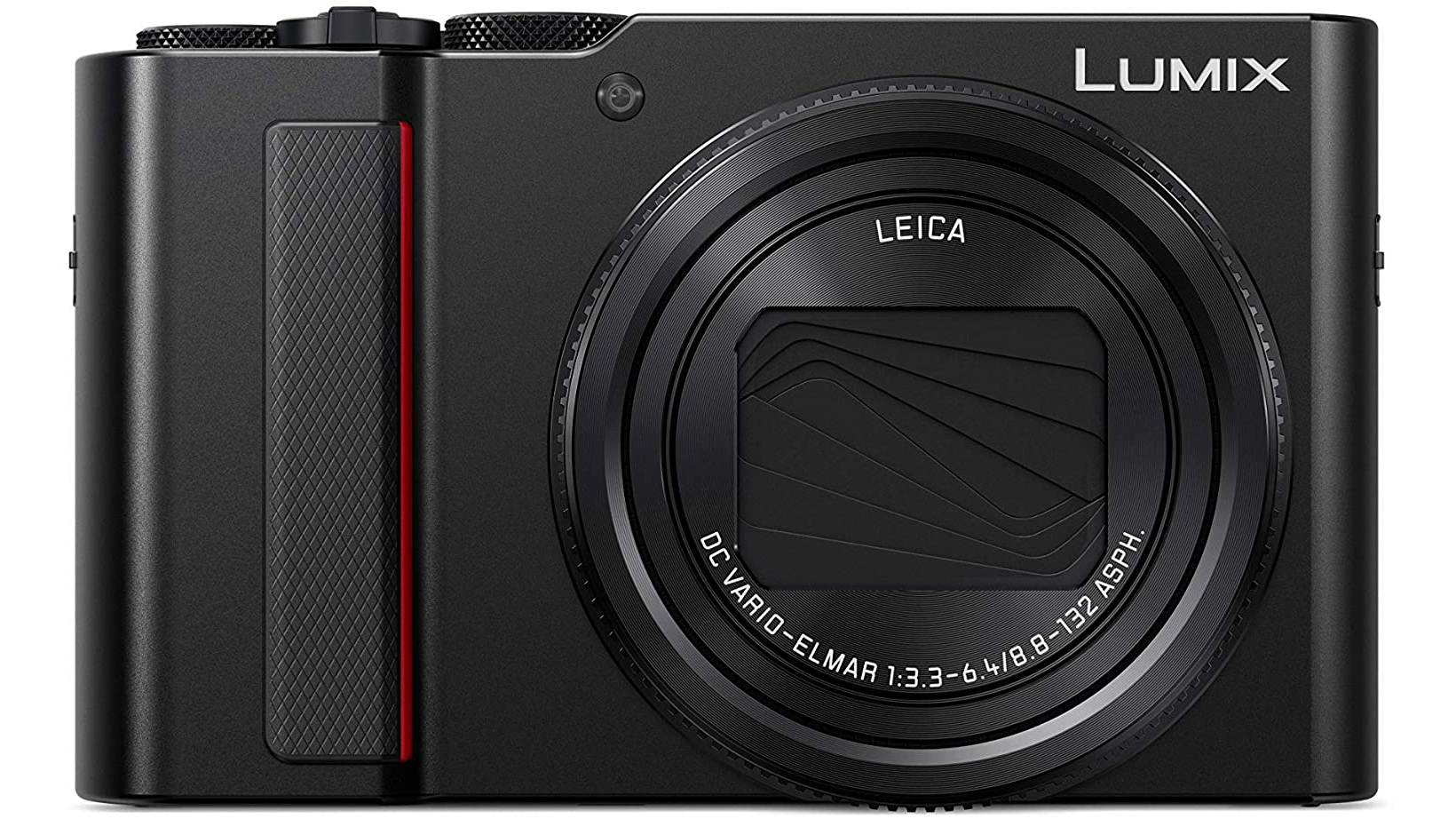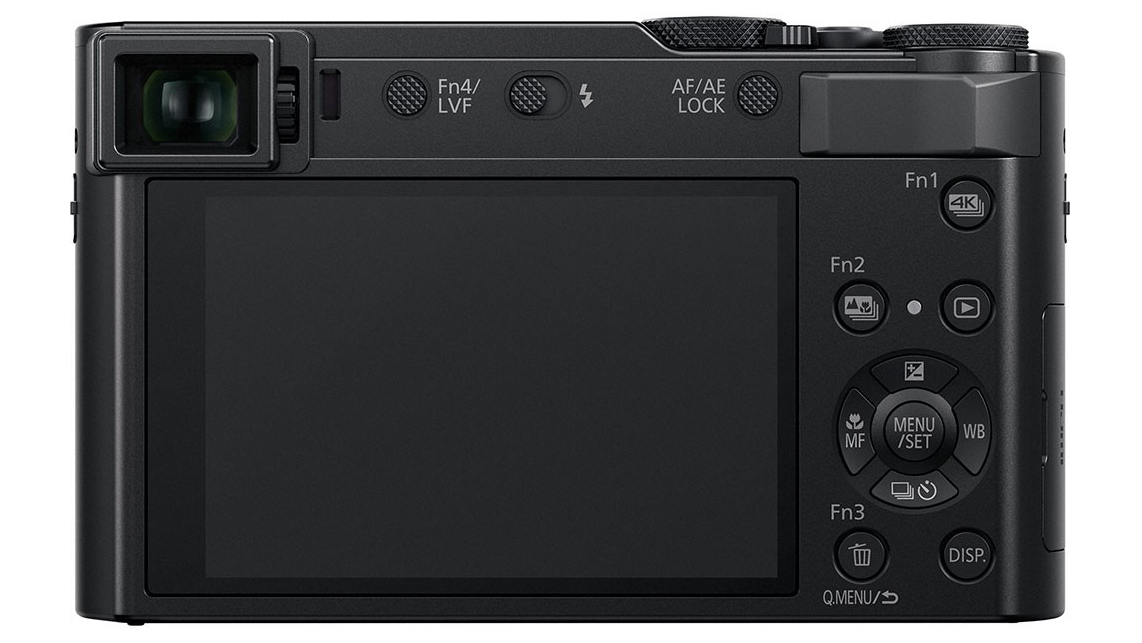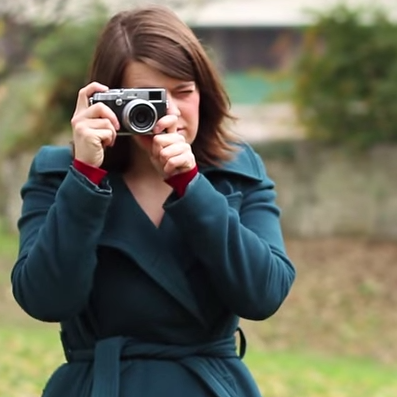Panasonic Lumix TZ200 review
Pocket-friendly but packing a long zoom - the TZ200 is perfect for travel


Offering excellent value, the TZ200 is a smart choice for travel photography. You get a large, one-inch sensor, a 15x zoom, an inbuilt viewfinder, 4K video and a host of manual controls for those that want them. It’s a versatile all-rounder which also fits in your pocket, making it perfect for all kinds of trips and outings.
-
+
Pocketable
-
+
15x optical zoom
-
+
Manual and raw options
-
-
Fixed screen
-
-
Narrow maximum aperture
Why you can trust T3

When it comes to the perfect camera for travel photography, there are a few different options you could consider. However, when it comes to a genuine all-rounder, one which is small enough to be unobtrusive but can cover off a good degree of different subjects, then you can’t go too far wrong with the Panasonic TZ200.
With it, you get something that you can slip into a pocket, but which also gives you full manual control and raw shooting (if you want it), a 15x optical zoom, 4K video recording and a host of other useful features.
The camera is a couple of years old now, but don’t let that fool you into thinking it’s not worth investing in. When a camera performs extremely well, there’s little reason to upgrade it - and as a consumer, you get the benefit of a drop in price.
In fact, the Panasonic TZ200 is an excellent buy right now, being roughly half the price of the Sony RX100 VII, and a good degree cheaper than the Canon PowerShot G7X Mark III, two cameras that are natural competitors for the TZ200.

Panasonic Lumix TZ200 review: Design and Handling
It’s quite impressive how Panasonic has managed to pack a 15x optical zoom into a camera that can slide reasonably neatly into most pockets. Not only that, but you also get a small but useful grip on the front of the camera to help it feel comfortable and secure in your hands when shooting for long periods of time.
There’s likely to be two types of users for a camera like this. One which just wants to be able to point and shoot and get good shots, and another which wants a little more control. Luckily, both are catered for here with dials and buttons across the body of the camera that can be used by anyone who wants that extra flexibility - or more or less ignored if you don’t.
Also handy is a Q button which can be pressed to bring up a host of frequently-used settings, plus there are also dedicated buttons for settings such as white balance and macro focusing.
Get all the latest news, reviews, deals and buying guides on gorgeous tech, home and active products from the T3 experts
Around the base of the lens, you get a control ring, which can be assigned to various functions depending on your preference, including aperture, a nice touch for enthusiasts.
Some of the camera’s operations can be carried out via the screen, or with a combination of button pushing and physical controls. It’s a very tactile experience using it, but there’s also scope to flick the mode dial to fully automatic and just let the camera do its thing.

Panasonic Lumix TZ200 review: Features
The Panasonic TZ200 uses a 20.1-megapixel one-inch sensor. That’s significantly larger than that which you’ll find in most smartphones, and should therefore give you a decent and noticeable hike in picture quality across a number of scenarios.
It’s paired with a 15x optical zoom, which also far outstrips that which you’ll find in a phone, making the TZ200 super flexible and versatile for capturing lots of different viewpoints on your travels.
However, there is a compromise to be had for pairing such a long zoom with a large sensor but housing it in a small body. The maximum aperture of the TZ200’s lens is f/3.3, at its widest point. If you’re somebody that likes to create a shallow depth of field effects, or shoots a lot in low light, it’s not as wide as you might like - in which case something like the Canon PowerShot G7X Mark III, might be a better option for you. With the latter camera, you get a much shorter zoom, but you get an f/1.8 maximum aperture, so it depends on which is more important to you. Arguably, most travel photography takes place in bright and good light, so it might not be too much of a deal-breaker for you.
To compose your images, you can use either the 1240k-dot, 3-inch LCD touchscreen, or the 2330k-dot electronic viewfinder. It’s an excellent touch to have an inbuilt viewfinder with a compact camera, it being something you won’t find in all models. It’s helpful not only for people who simply prefer to compose in this way, but also in bright, travel situations when the sun reflected on the screen could make things difficult.
The fact that the screen does not move (tilt or articulate), but is instead fixed in place, is the only really major downside of the TZ200, which we’d have preferred to have at least a tilting option for composing from awkward angles. Perhaps it would have added more bulk to the camera though, so it’s arguably an understandable design decision.
As is pretty much the norm now, the TZ200 can record 4K video, which is useful for grabbing clips while on the go. Also handy is 4K Photo, which allows you to extract stills from video clips, capturing the perfect moment. That comes in handy for certain travel situations, such as your kids playing at the beach for example.

Panasonic Lumix TZ200 review: Performance
Capable of producing some beautifully detailed and vibrant shots, you will undeniably get the best results from the TZ200 when the light is bright. That said, it doesn’t fare too badly in reasonably dim conditions, particularly if you’re not too concerned about printing images at very large sizes or scrutinising the pixels too closely. You get clean results up to around ISO 1600, after which the quality drops a little and introduces some painterly/smudgy effects. Having a narrow maximum aperture means you might need to up the ISO beyond 1600 at times, so if you think you’re likely to be shooting a lot of after-dark stuff, it’s perhaps not the right model for you.
While images taken at the furthest reach of the optical zoom lens aren’t quite as good as those taken at the wide-angle end, again it’ll only really be if you’re scrutinising your shots super-heavily that you’ll spot a massive difference. Generally, the level of detail produced throughout the lens zoom range is very good, and being able to get close to the subject without physically having to move is a real bonus.
Exposures are generally well-balanced in all but the very starkest of high-contrast situations, while other functions such as automatic white balance also work well to produce accurate colours and tones.
The camera’s autofocusing system also generally puts in a good performance, locking onto the subject quickly and accurately in the majority of conditions. You might find there’s a little hunting to acquire focus in very dark conditions, but otherwise, the camera generally gets it right most of the time.
Panasonic Lumix TZ200 review: Verdict
There’s an awful lot to like about the Panasonic TZ200. Despite being a few years old now, it still has a lot going for it, especially for anybody looking for a suitable travel camera to take with them - even if the travel is currently limited to nearby day trips and outings.
The premium compact sector of the market is relatively crowded, but the TZ200 stands out on its own for offering a one-inch sensor that combines with a well-performing 15x optical zoom lens in a pocket-friendly device.
It’s well suited to a range of different types of users, being ideal for both those who just want a fully automatic point-and-clicker, as well as those who want to take greater control by using manual modes and shooting in raw format. In short, it’s an excellent all-rounder.
There are a couple of downsides to take into consideration, though. The fact that the screen doesn’t tilt is a big shame - especially for anyone who might want to take a travel selfie (or five). Low light shooting is also not really this camera’s forte, so if you’re an after-dark traveler, there are likely to be better options on the market for you.
If however, you’re looking for something which offers excellent value right now, which you can stick in your pocket ready for capturing all the travel action, the TZ200 comes highly recommended.
Liked this?
Amy Davies is a freelance journalist that covers cameras for T3 and many other sites. She is also Features Editor at Amateur Photographer magazine and, when she's not writing about cameras, she's probably taking pictures of her cute dog.
